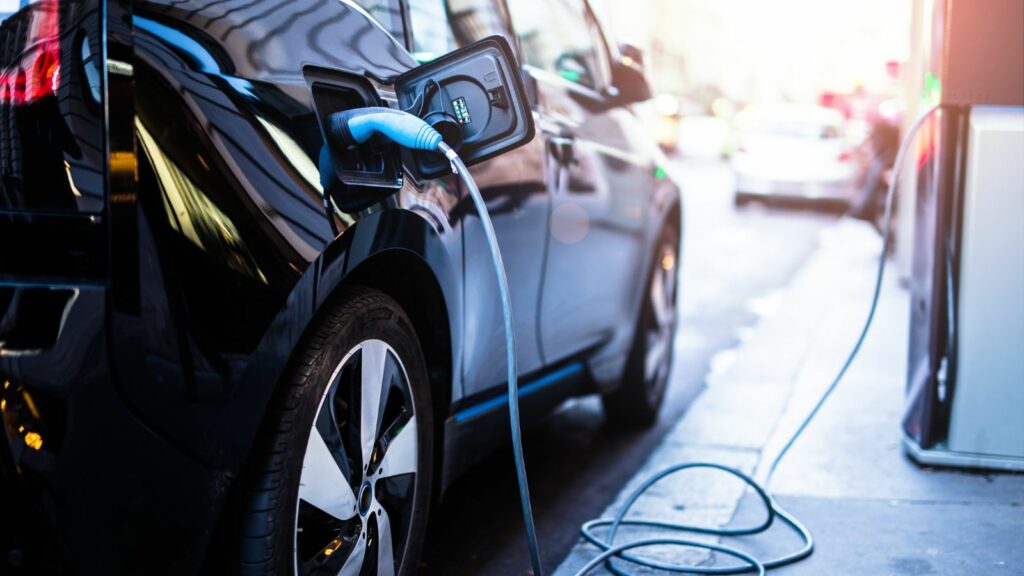Electric vehicles seemed to be accelerating toward the mainstream. Incentives, mandates, charging infrastructure and stricter fuel economy rules made them more affordable and accessible. With recent policy shifts under the Trump administration many of those supports are being dismantled. For consumers who have been counting on EVs to become cheaper, more available, and easier to own, this change has real consequences.
Reduced Affordability for Many Buyers
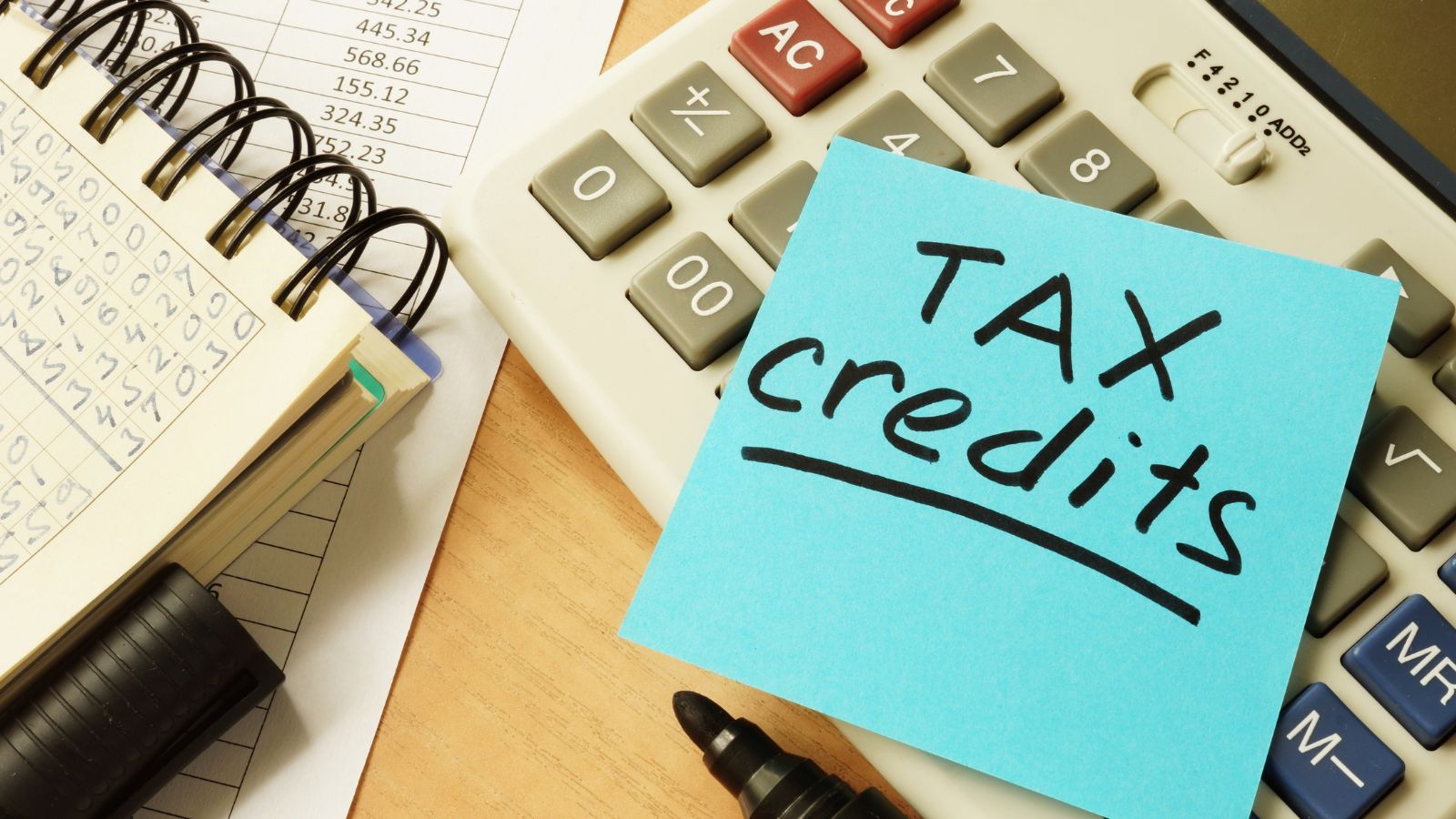
One of the clearest impacts is that EVs will likely cost more up front for many consumers. The $7,500 federal tax credit for new EV purchases was a major factor that helped offset higher sticker prices. With that credit ending for most qualifying vehicles soon the gap between EVs and comparable gasoline cars will widen. Used EVs also lose benefit when tax rebates or credits vanish, making the older used marketplace less subsidized. That means lower and middle income buyers who were counting on long term savings to justify the switch may hesitate or delay.
Slower Charging Infrastructure Growth
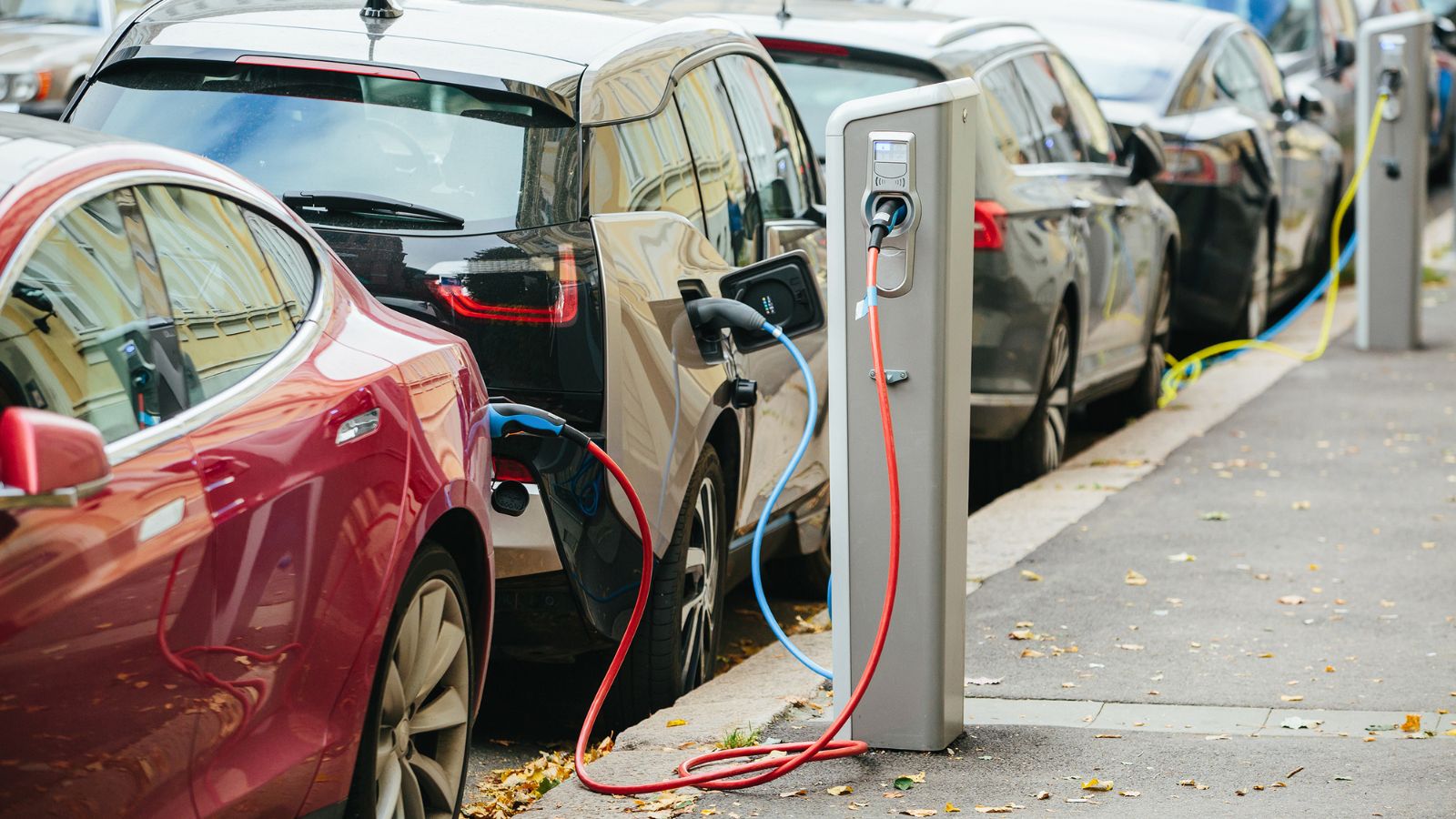
Investment in public charging networks is being paused or scaled back under recent policy changes. A key program meant to build a nationwide EV charging infrastructure is no longer receiving new obligations in many states. Without robust and widespread charger availability, especially in rural or underserved areas, range anxiety remains a very real barrier. Even people who want an EV and can afford one may decide against it if charging becomes a hassle or takes too much planning.
Automaker Investment Becomes Riskier
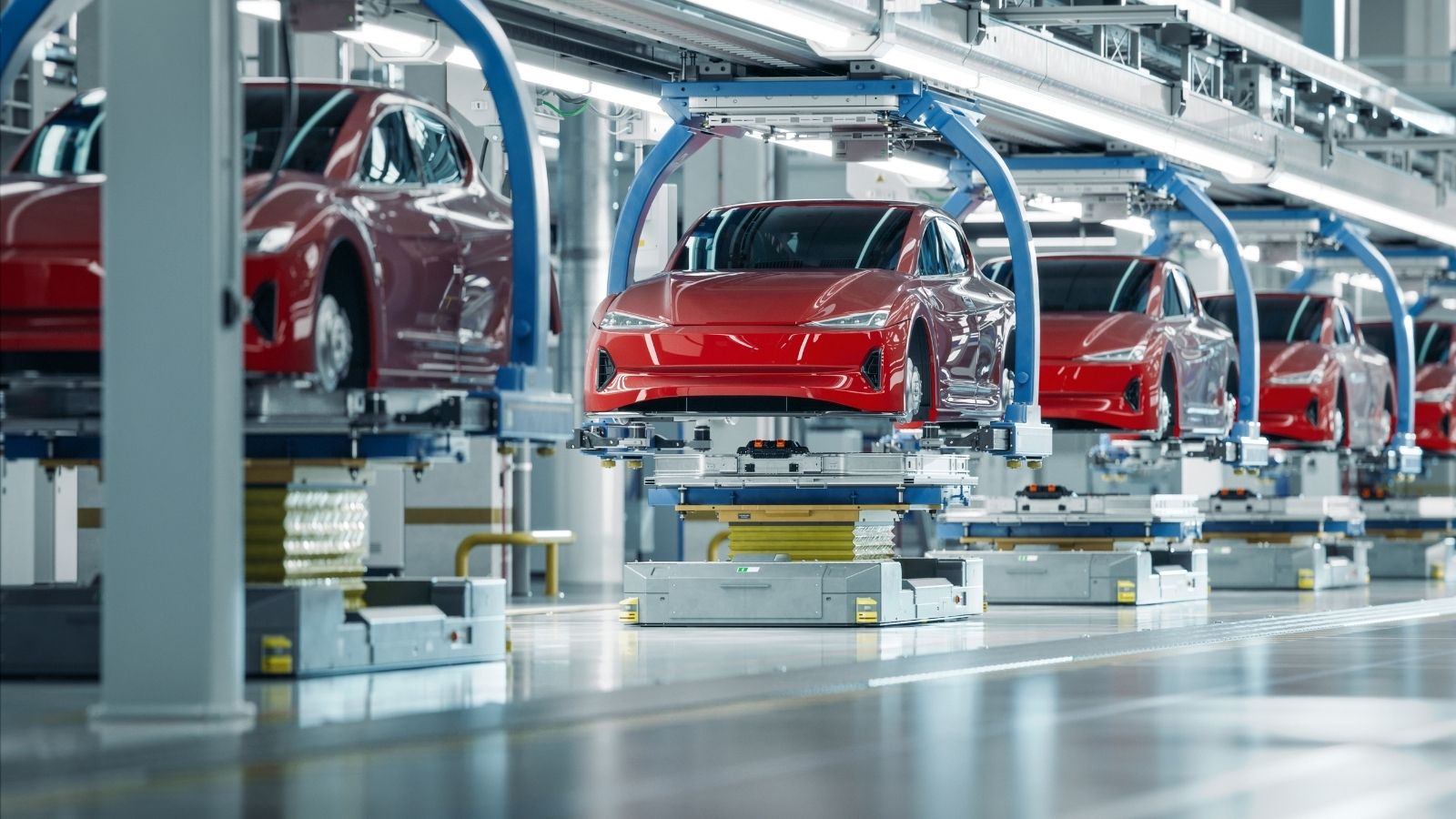
Car manufacturers have been making big bets on electrification. Many planned factories, battery partnerships, and supply chain expansions were justified in part by the guarantees that incentives or regulations would continue. With mandates and credits being rolled back automakers now face more uncertainty about demand. That uncertainty may slow future investment, delay new EV models, or shift automaker strategy back towards conventional gasoline and hybrid models. Some consumers could see fewer product choices or longer wait times for new EVs.
Market Share Growth Will Likely Slow

Data modeling from analysts suggests that removing EV incentives and weakening emissions standards could reduce the portion of new vehicle sales that are electric in the years ahead. Even before the rollback EVs made up about 8 to 10 percent of light duty new vehicle sales. Without tax credits, mandates, or infrastructure support, that share may lag earlier projections. Slower growth means fewer scale benefits, which in turn can keep costs high for EV buyers.
Higher Long-Term Costs for Society and Consumers

There are broader costs that may trickle down to consumers. Fewer EVs mean continued reliance on gasoline powered vehicles which carries higher fuel and maintenance costs. Also, vehicle emissions remain higher overall which has associated public health impacts: more air pollution, more respiratory illness, etc. Areas that once expected to benefit from cleaner air or lower environmental burdens may feel the negative consequences.
Winners and Losers in the Policy Shift
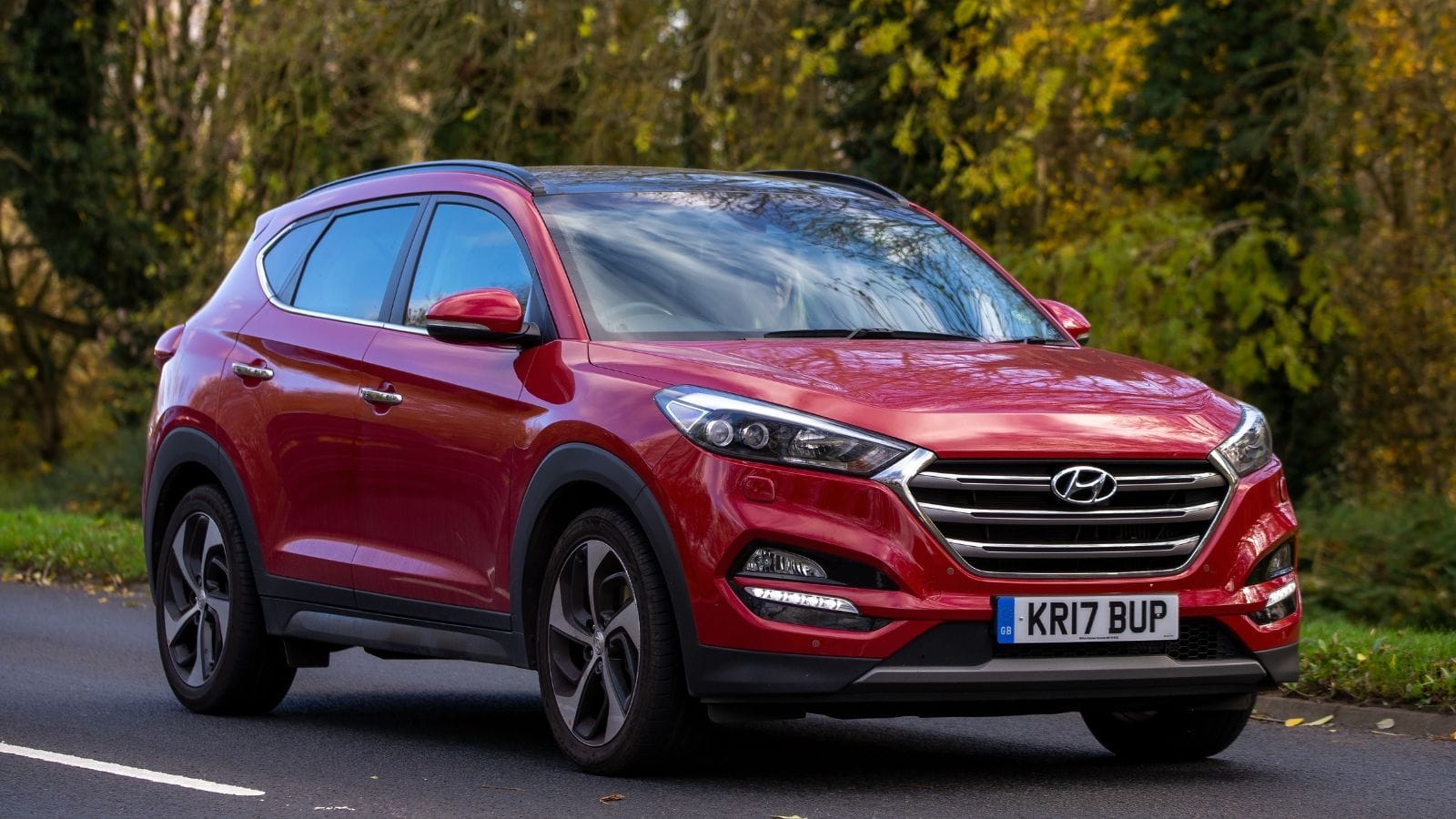
Some people will benefit from these changes at least in the short run. Buyers who prefer conventional gas or diesel vehicles may see lower prices, fewer regulatory burdens, and more stability in choice. On the other hand people who wanted EVs now may feel let down: those who counted on savings from incentives, those who live in places with poor charging infrastructure, or those who planned to buy EVs when total cost of ownership seemed favorable may now face a tougher decision matrix.
What Consumers Should Watch Out For
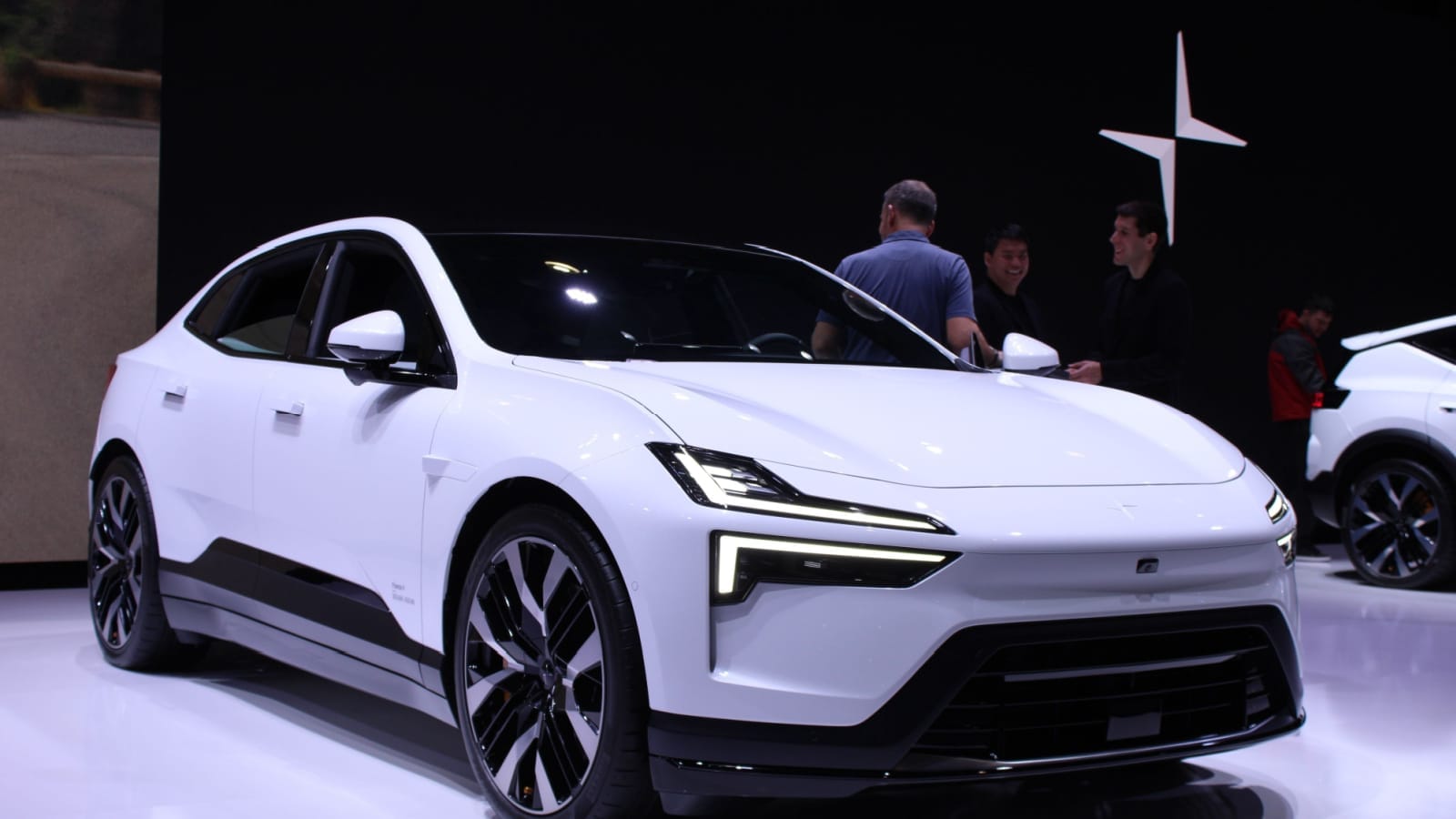
Because of this shift consumers will need to be more vigilant. Before buying an EV check whether any federal or state tax credits still apply to your model. Compare estimated fuel and maintenance savings versus the higher purchase price. Think carefully about access to charging now and in your area. Monitor incentives that might still exist at the state or local level, or for used EVs. Also keep an eye on depreciation — when incentives go away resale value of EVs can drop faster than with gas powered cars.
A Reality Check for EV Decision Makers
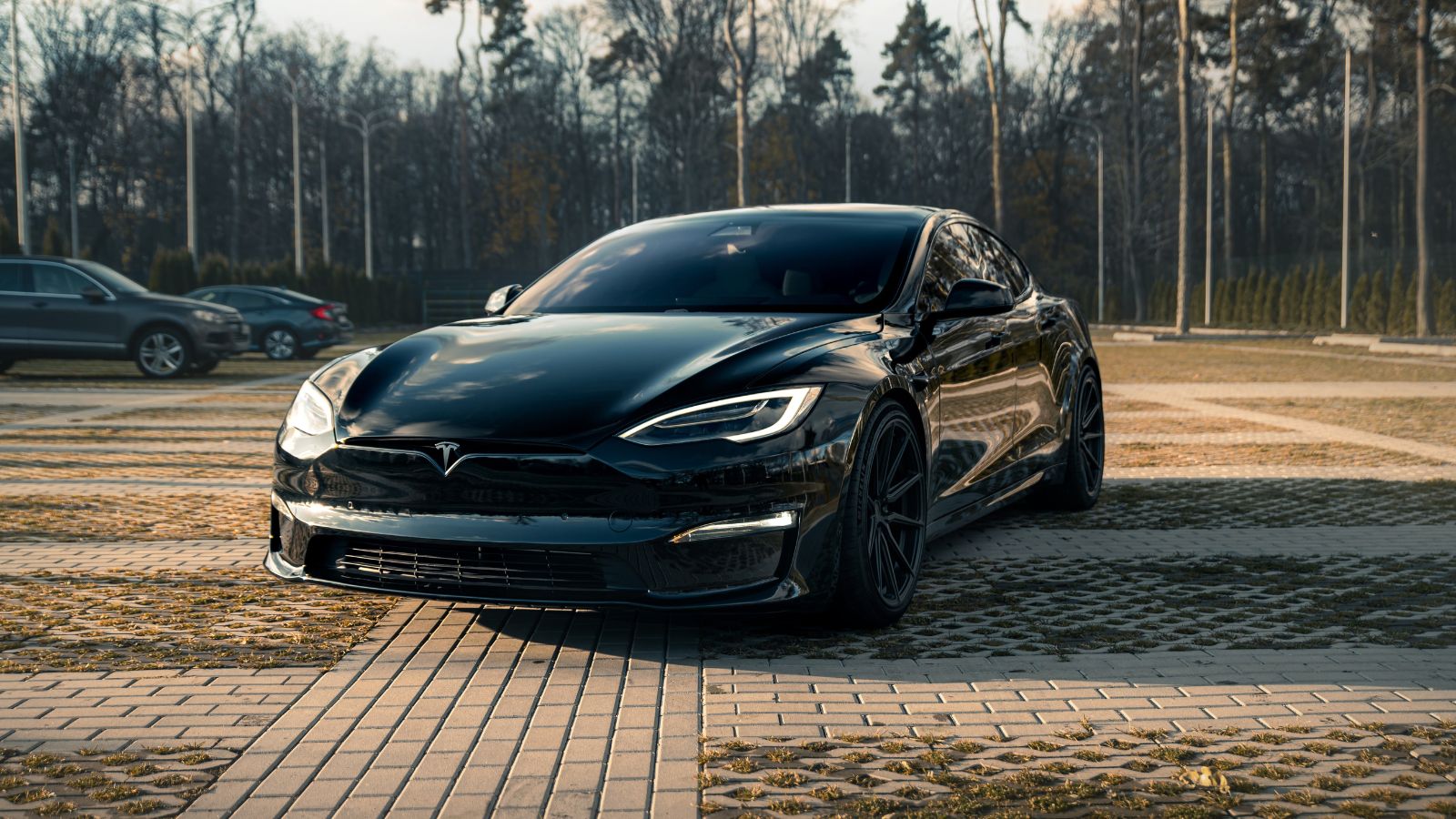
The rollback of EV support is not likely to stop electrification altogether but it will slow down the transition, create more uncertainty for buyers, and make EV ownership less attractive for many people. Consumers who were making their decisions based on incentives or promises of growing infrastructure may find the calculus has changed. The best protection for those interested in EVs is to stay informed, act quickly while favorable terms still exist, and understand both the short term cost and the long term benefits.
25 Facts About Car Loans That Most Drivers Don’t Realize

Car loans are one of the most common ways people fund car purchases. Like any other kind of loan, car loans can have certain features that can be regarded as an advantage or a disadvantage to the borrower. Understanding all essential facts about car loans and how they work to ensure that you get the best deal for your financial situation is essential. Here are 25 shocking facts about car loans that most drivers don’t realize:
25 Facts About Car Loans That Most Drivers Don’t Realize
